- myFICO® Forums
- FICO Scoring and Other Credit Topics
- Understanding FICO® Scoring
- Re: Why a Minimal Score Increase
- Subscribe to RSS Feed
- Mark Topic as New
- Mark Topic as Read
- Float this Topic for Current User
- Bookmark
- Subscribe
- Mute
- Printer Friendly Page
Why a Minimal Score Increase
Is your credit card giving you the perks you want?
Browse credit cards from a variety of issuers to see if there's a better card for you.
- Mark as New
- Bookmark
- Subscribe
- Mute
- Subscribe to RSS Feed
- Permalink
- Report Inappropriate Content
Why a Minimal Score Increase
- Mark as New
- Bookmark
- Subscribe
- Mute
- Subscribe to RSS Feed
- Permalink
- Report Inappropriate Content
Re: Why a Minimal Score Increase
It should jump a lot more with under 10% utilization. On time payments and utilization are the two main factors in credit scores.
- Mark as New
- Bookmark
- Subscribe
- Mute
- Subscribe to RSS Feed
- Permalink
- Report Inappropriate Content
Re: Why a Minimal Score Increase
I'm bumping your post so that someone more knowledgeble than me can get back to you, but I'm sure you already know that this could be the result of any number of things. Here are the things I would look at if I were in your situation:
1) You said you just paid your card off. Did it report to the credit reporting agencies yet? Just because Experian gives you a score doesn't mean they have the info to update your score from the credit card company.
2) How many total cards do you have and how many have balances?
3) I noticed when I carried a 0 percent apr that any time I was over 30 percent I got hit by about 15 points.
That's all I can think of right now but, based on what you have mentioned your score hasn't been updated by the paying down of your cards yet. The one point could just be the normal aging of your accounts.
- Mark as New
- Bookmark
- Subscribe
- Mute
- Subscribe to RSS Feed
- Permalink
- Report Inappropriate Content
Re: Why a Minimal Score Increase
@Anonymous wrote:I'm bumping your post so that someone more knowledgeble than me can get back to you, but I'm sure you already know that this could be the result of any number of things. Here are the things I would look at if I were in your situation:
1) You said you just paid your card off. Did it report to the credit reporting agencies yet? Just because Experian gives you a score doesn't mean they have the info to update your score from the credit card company.
2) How many total cards do you have and how many have balances?
3) I noticed when I carried a 0 percent apr that any time I was over 30 percent I got hit by about 15 points.
That's all I can think of right now but, based on what you have mentioned your score hasn't been updated by the paying down of your cards yet. The one point could just be the normal aging of your accounts.
By the way, I don't know anything about the experian reports you buy from experian but Credit Check total only shows my accounts as reported on the first of every month if I look at the experian report. If you belong to Credit Check total or Credit Carma you should be able to look on TransUnion or Equifax report to see what day the card you paid down actually reports.
- Mark as New
- Bookmark
- Subscribe
- Mute
- Subscribe to RSS Feed
- Permalink
- Report Inappropriate Content
Re: Why a Minimal Score Increase
Thanks for the advice
- Mark as New
- Bookmark
- Subscribe
- Mute
- Subscribe to RSS Feed
- Permalink
- Report Inappropriate Content
Re: Why a Minimal Score Increase
Take a breath and just relax. Things will happen with time. Paying things down is part of the process but, time is the bigger piece of the process. There are different bucket points in which you'll see increased activity when balances come down. Considering your reports are showing a combined $6600 in CL's you're still a noob when it comes down to it in their eyes.
Amex will take 1-2 statements before it shows up. Might be the same reasoning behind the 61 day rule when looking for the first CLI attempt.
Chase might take a statement to report as well.
With these in mind just relax and keep making your payments to bring down your balances. Quit watching your score everyday. Scores change daily and more often for some people. This will drive you crazy if you keep indulging in the activity. Give everything a break and work on CLI's for 2017 and don't apply for anything else so your new accounts can age and pick up some more weighting in your profile.
Why are you so concerned with your score? If you don't have a large purchase i.e. car / home coming up there's very little concern with having XXX score.
- Mark as New
- Bookmark
- Subscribe
- Mute
- Subscribe to RSS Feed
- Permalink
- Report Inappropriate Content
Re: Why a Minimal Score Increase
@Anonymous wrote:
I have a concern I'd like to share. In the last month I've started to study up and learn everything about credit scores. I don't think I'm in the category of rebuilding (Fico scores 700-716) but I've learned how to maximize my score. I've taken a bit too much advantage of intro APR and have for the last year had an average of 70%+ utilization. I have an account with Experian which monitors my file and updates my score daily. I just went from a 39% utilization to 31% and my score only went up a single point from 699 to 700. I expected something a bit higher after paying one card off, I wasn't naive enough to believe the simulation on their app that said my score could go up 20 points for that payment alone. My question is, is this normal behavior, will I see a larger change when my banks report my current balances that are technically now under 10%?
1. I think you will find that 30% is a threshold number in FICO 8.
2. I couldn't tell if you were talking about overall utilization or single card utilization; in my case whenever I go over or under 30% on a single card it seems to mean about a 5-point change. Different profiles will react differently, though.

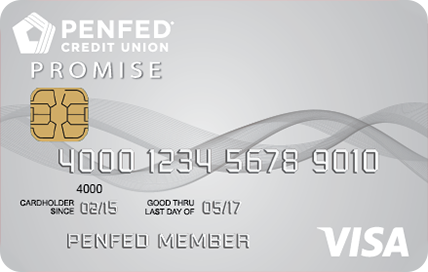

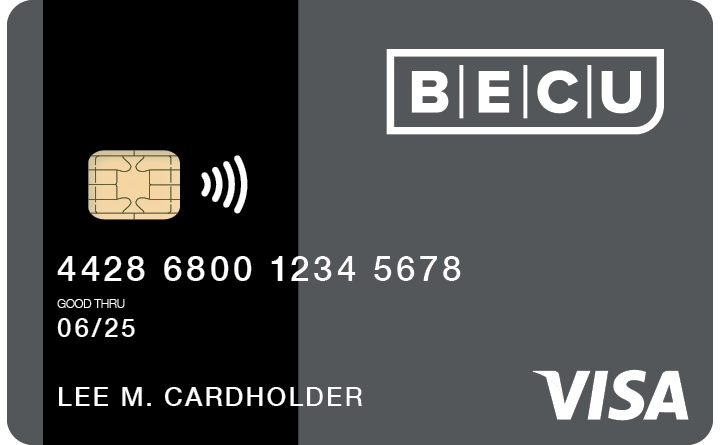
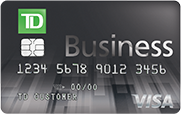


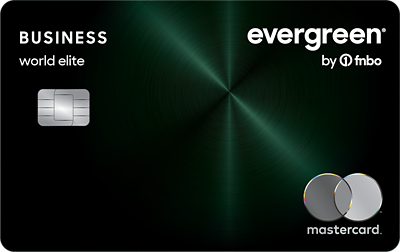



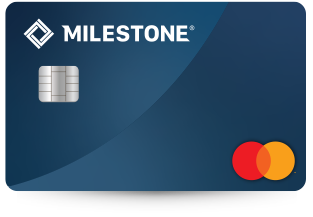
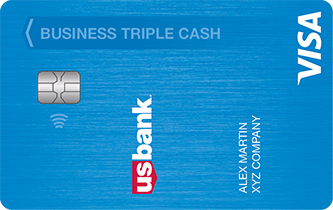

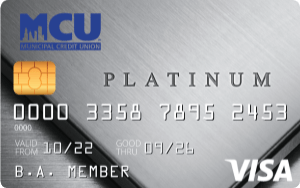
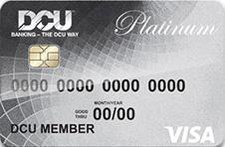
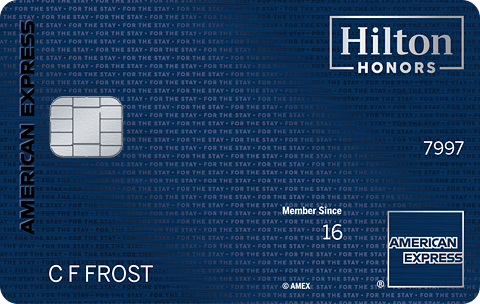
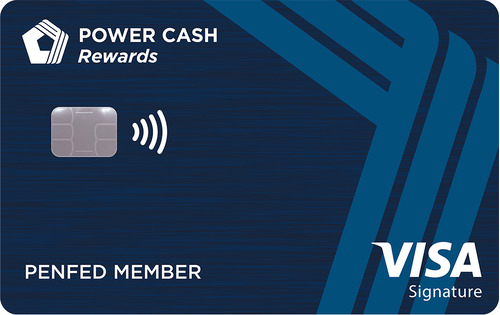
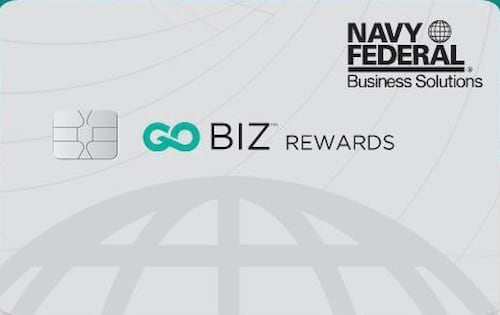

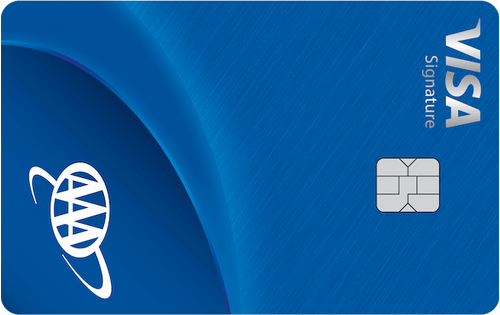

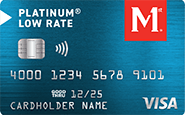
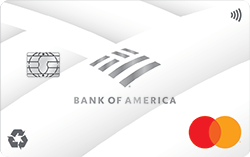


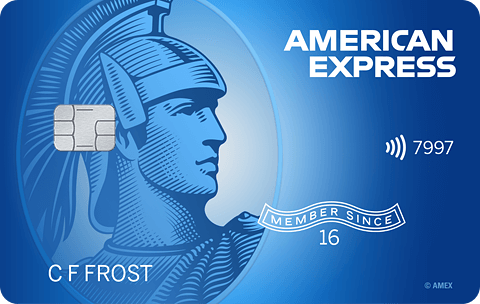
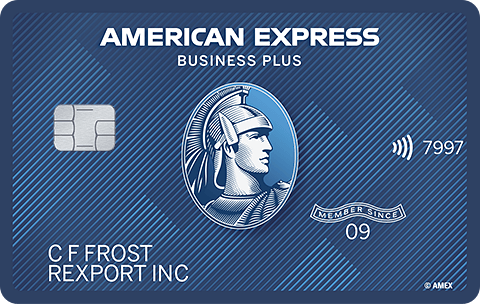



Total revolving limits 569520 (505320 reporting) FICO 8: EQ 689 TU 684 EX 682
- Mark as New
- Bookmark
- Subscribe
- Mute
- Subscribe to RSS Feed
- Permalink
- Report Inappropriate Content
Re: Why a Minimal Score Increase
Bear in mind that the FICO algorithms round all percents up. Thus, to get to the spot of being under 10%, you actually need to get to under 8.99%. A util of 9.01% gets rounded by FICO to 10%. And 10% is not less than 10%.
But regardless, your goal should really be to pay off all your cards completely (and then continue using one, but always paying in full). There are a number of reasons to pay the debt off entirely. Happy to explain in greater detail if you like.
- Mark as New
- Bookmark
- Subscribe
- Mute
- Subscribe to RSS Feed
- Permalink
- Report Inappropriate Content
Re: Why a Minimal Score Increase
- Mark as New
- Bookmark
- Subscribe
- Mute
- Subscribe to RSS Feed
- Permalink
- Report Inappropriate Content
Re: Why a Minimal Score Increase
To pay in full or PIF means to pay the full amount listed on the statement, after you get the statement. You usually have about 24-25 days to do that. When you PIF you ensure that you won't be charged any interest. (You also begin to establish a history of always paying in full, which future credit models will like a huge amount.) But the card issuer is still reporting to the CRAs whatever balance was on the statement.
Some people go beyond that and pay their entire balance down to zero (pay to zero) and do this at least a day before the statement prints. When they do that, it ensures that the card issuer will be reporting $0 to the CRAs.
One of the factors FICO considers is how many of your cards are reporting $0. (This is a factor completely different from CC utilization.) FICO likes it best when most cards are reporting $0 but not all of them. The PTZ strategy is helpful when you are trying to prepare for an important credit application and want your score to be at its highest.